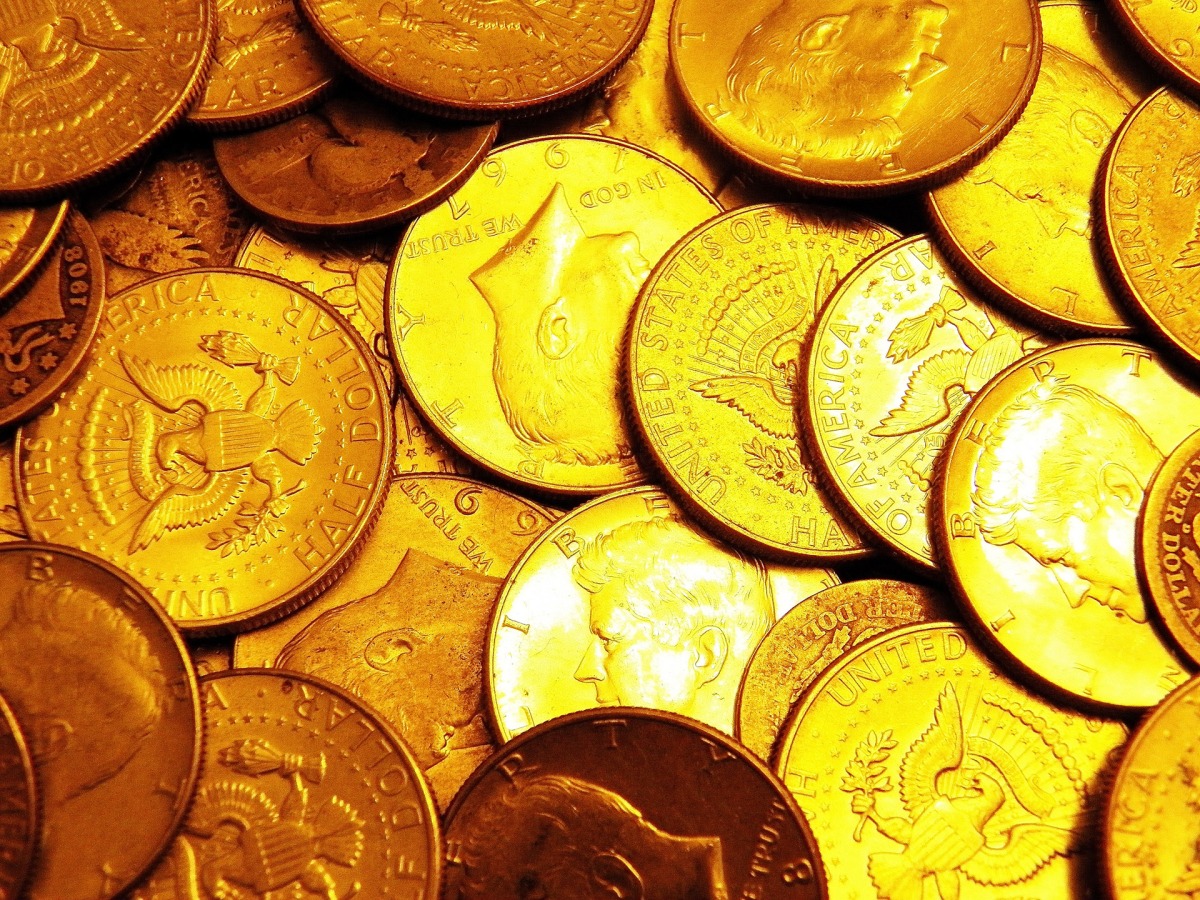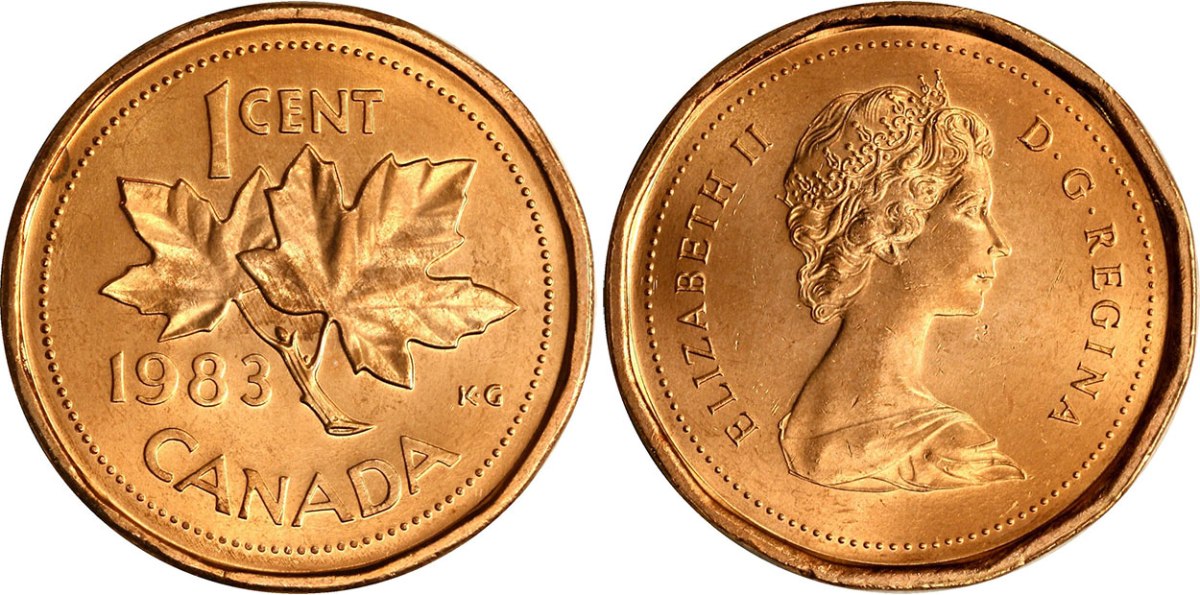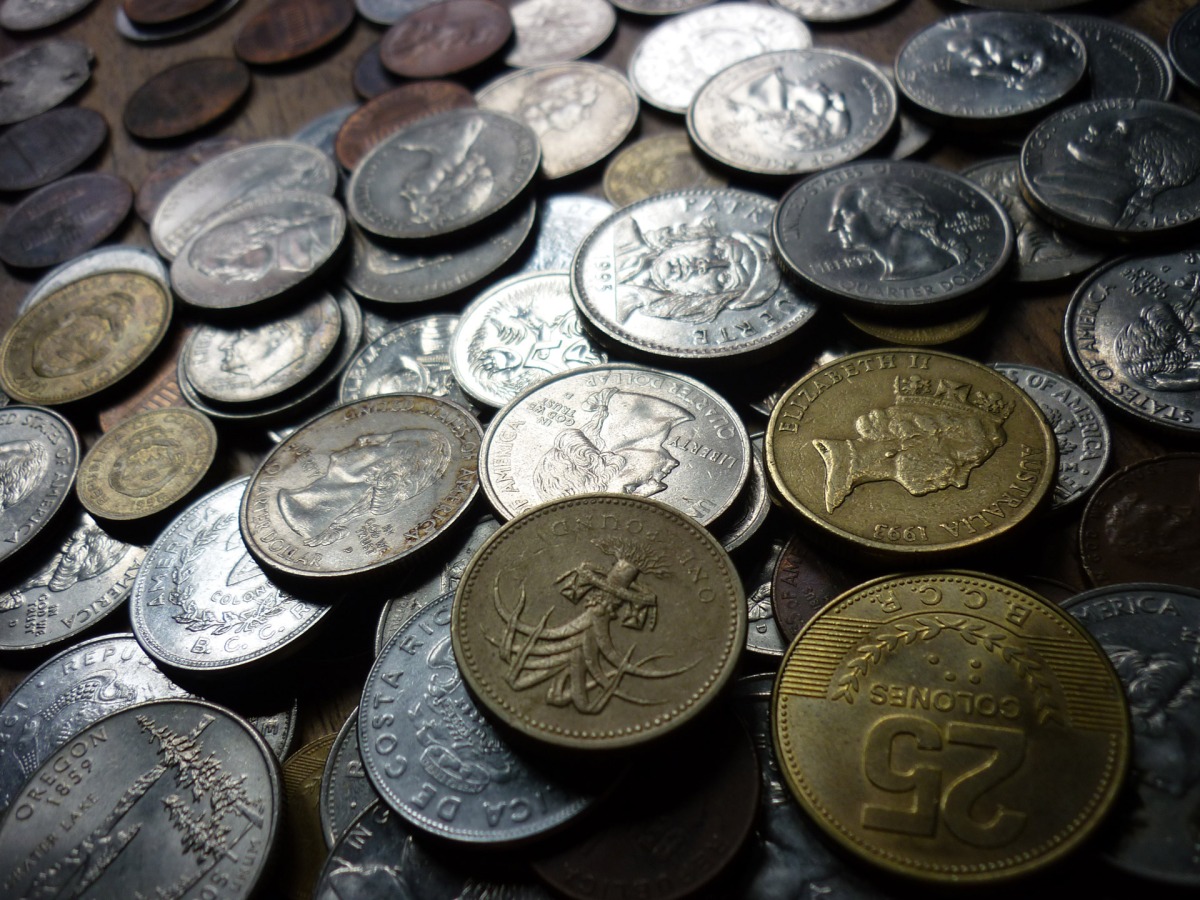
Coin collectors are a unique breed of individuals who love order and history. Coin collectors can come from all walks of life but can have the same traits when it comes to coin collecting. Learn more about the common traits of coin collectors below and the varying types of collectors that span the globe.
Coin Type Collectors
Coin collectors tend to like order in their lives. Coin collections will be nicely displayed and many enjoy being a ‘type’ collector. This can mean collecting pennies, nickels, dimes, quarters, etc. Type collectors tend to focus more on finding examples of a certain type of coin from a time period rather than finding date and mint mark combination for a series of coins.
Error Coin Collectors
Although coin collectors enjoy organization within their collection, there are those who seek out error coins. Such coins will be ones that have errors in place during printing. These coins are specialty coins and usually there are only a few in existence for each type. Coins may have been struck twice to have a double image on the front or back which is known as double dies. Coins can also be blank, having not been struck at all. Each error coin has a story and makes for a quite a unique coin collection.
Novelty Coins
Individuals who want a little fun in their life will be a novelty coin collector. This can be any type of coin that is considered a novelty such as a double sided coin, colored coins, pennies featuring the Liberty Bell, etc. These novelty coins can be created by private individuals, companies or be standard coins that have been modified.
Love of History
Most coin collectors commonly have a love of history. There is something so amazing about finding an old coin and imaging where the coin has been. Coins have been around for decades and each tell a different story. Some coins are created based on historic events while others are based on figures from a certain region. Each coin tells a story and history buffs love to share the stories found in each coin.
For example, quarters in the United States have a back side that represents each of the 50 states. Many beginner coin collectors will collect the 25 cent piece, trying to amass a coin from each state. The state will be represented with an animal, plant or other image that is indicative of the region.
Turn a Profit
There are coin collectors who enjoy collecting but also want to turn a profit. These coin collectors will seek out the most expensive coins to add to their coin collection. These coins can be sold for top dollar and money used to purchase even more rare coins with higher coin values. Some coin collections can be worth quite a bit with the money used for savings, education or other uses.
To learn more about coin collecting, with options for buying and selling, contact Colonial Acres Coins. You will find the staff are quite knowledgeable in the area of coins and can assist you with finding rare coins or appraising your collection.
 Have you started a coin collection featuring coins from Canada but are unsure as to which coins are actually worth collecting? There are many coins from varying decades in the history of Canada that are interesting and unique, perfect for the new collector. Once you know the best coins in circulation as well as those that may not be in circulation any more, you can begin to add value to your collection. From the penny to the
Have you started a coin collection featuring coins from Canada but are unsure as to which coins are actually worth collecting? There are many coins from varying decades in the history of Canada that are interesting and unique, perfect for the new collector. Once you know the best coins in circulation as well as those that may not be in circulation any more, you can begin to add value to your collection. From the penny to the 
